11 Tips for Starting a Rare Sports Card Collection
Starting a rare sports card collection can be both exciting and rewarding, especially for those who enjoy the history of sports and the thrill of finding valuable pieces. Building a strong collection requires planning, careful research, and attention to details that influence a card’s worth. From understanding grading standards to focusing on condition and authenticity, every choice plays an important role in shaping your collection.
This post may contain affiliate links, which helps keep this content free. Please read our disclosure for more info.
Research the History of Sports Cards
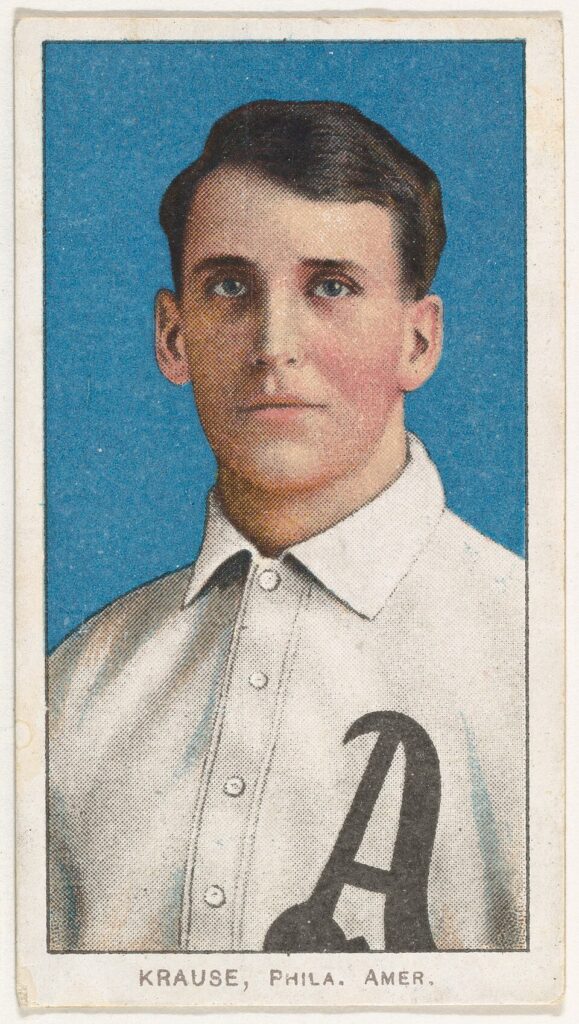
Understanding the history of sports cards is the foundation of collecting. Early cards from the late 19th and early 20th centuries were often released by tobacco companies, while later decades saw cards from gum and toy manufacturers. Each era reflects a different part of sports culture, which makes certain sets highly desirable today. By researching the origins of cards, you gain insight into why some are considered iconic.
This research also allows you to identify key turning points, such as rookie cards of famous athletes or special editions tied to championships. These details help you see which cards are more likely to hold long-term value. Without this knowledge, it is easy to fall for cards that look appealing but lack collector demand. Informed research creates confidence in your purchases and strengthens your ability to recognize true rarities.
Set a Clear Budget Early

Sports card collecting can quickly become expensive, especially with rare cards that may cost hundreds or even thousands of dollars. By setting a clear budget from the start, you avoid overspending and keep the hobby enjoyable. It helps you define your financial limits and prevents the stress of chasing every appealing listing. A well-thought-out budget guides your buying habits and allows for consistent growth in your collection.
A budget also gives you the flexibility to plan for special purchases. For example, instead of buying several mid-range cards, you might save for a single high-value rookie card of a legendary player. Over time, this approach results in a collection with stronger long-term worth. Sticking to a budget ensures that you remain focused on building meaningful value rather than accumulating cards at random.
Learn About Card Grading Standards
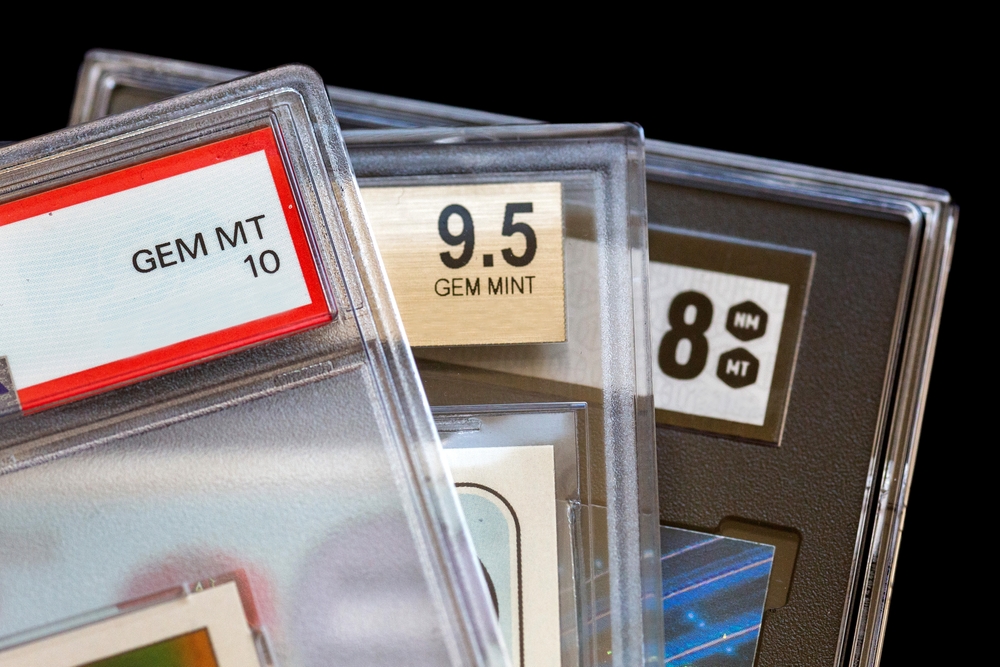
Card grading is one of the most important aspects of collecting rare sports cards. Professional grading companies evaluate a card’s condition based on factors like centering, corners, edges, and surface. A card with a high grade, such as PSA 10 or BGS 9.5, can be worth many times more than the same card in lower condition. Learning these grading standards helps you recognize quality before investing.
Understanding grading also protects you from overpaying for cards that may look good at first glance but have flaws. Collectors often rely on third-party grading companies because their evaluations carry credibility in the marketplace. If you know how grading works, you can better judge whether a raw, ungraded card has the potential to receive a strong score. This knowledge ultimately saves you money and increases your chances of making smart buys.
Focus on Condition and Authenticity
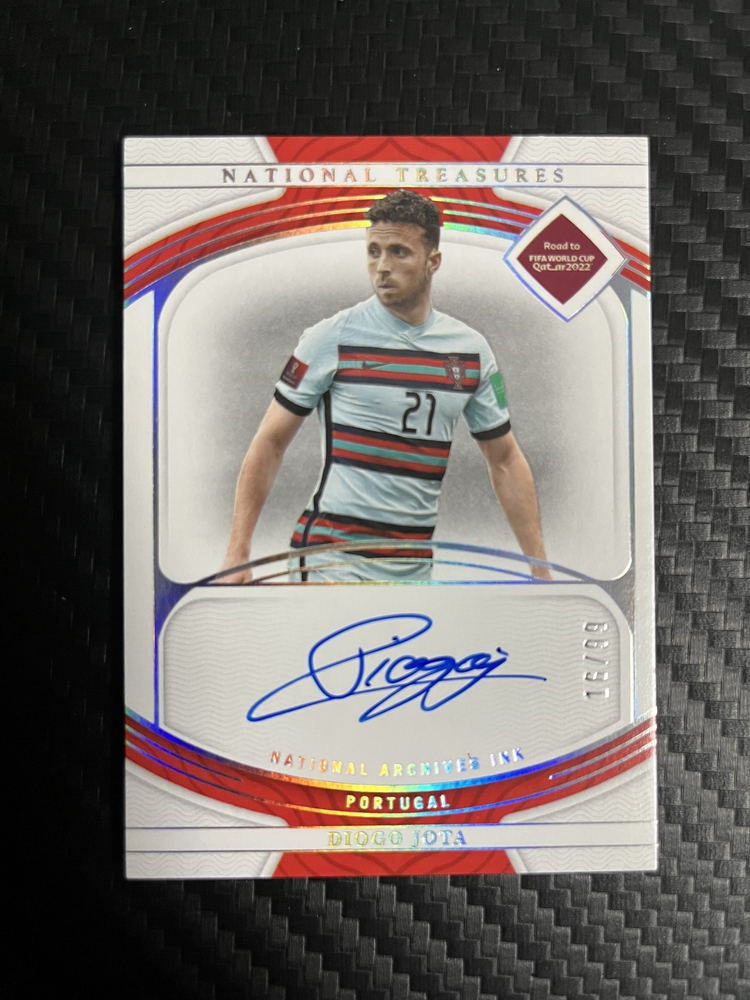
The condition of a card is directly tied to its value, and authenticity is equally critical. Even small flaws like a corner ding or surface scratch can lower the grade and market price. Collectors place a premium on cards that look as close to mint as possible. Checking the condition carefully before buying ensures that your investment holds up over time.
Authenticity is another area that requires careful attention. Counterfeit cards exist, especially for high-value players and rare sets. Buying from trusted sellers and seeking cards graded by professional services adds a layer of protection. By focusing on both condition and authenticity, you avoid costly mistakes and build a collection that others will respect.
Choose a Specific Focus for Your Collection
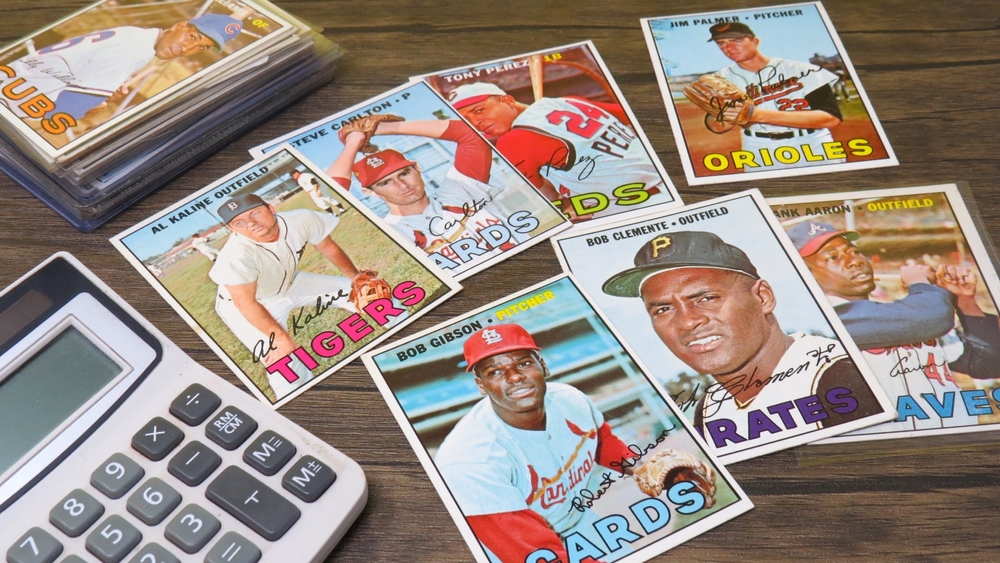
Trying to collect every type of rare card can become overwhelming. Instead, choose a specific focus, such as rookie cards, a particular sport, or even a single player. Having a clear theme narrows your search and gives your collection direction. This approach also allows you to learn details about your chosen focus more thoroughly.
A focused collection tends to carry more long-term significance. For example, a complete set of rookie cards from Hall of Fame baseball players will likely draw more attention than a random mix of unrelated cards. It is easier to track progress and celebrate milestones when your collection follows a clear path.
Buy From Trusted Sources
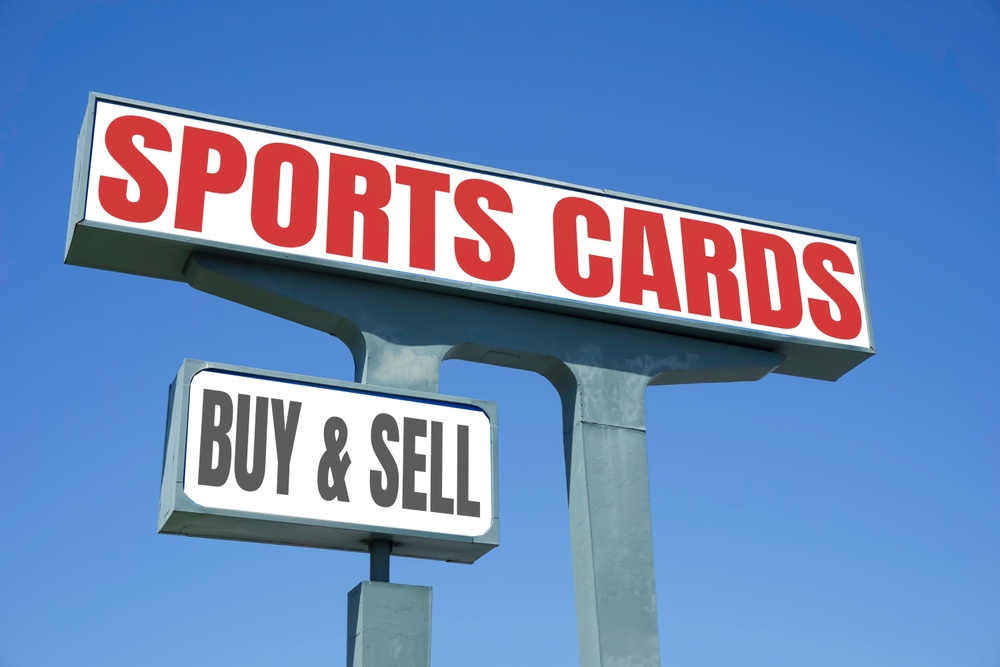
The sports card market includes both honest sellers and those looking to profit from inexperienced collectors. Trusted sources, such as established dealers, reputable auction houses, and certified online platforms, are the safest options. These sellers usually provide guarantees of authenticity and accurate descriptions.
Building relationships with reliable sellers also benefits you in the long run. They may alert you to upcoming sales or offer you first access to valuable cards. Trusted sources help create confidence in your purchases and protect you from scams.
Learn to Spot Counterfeits
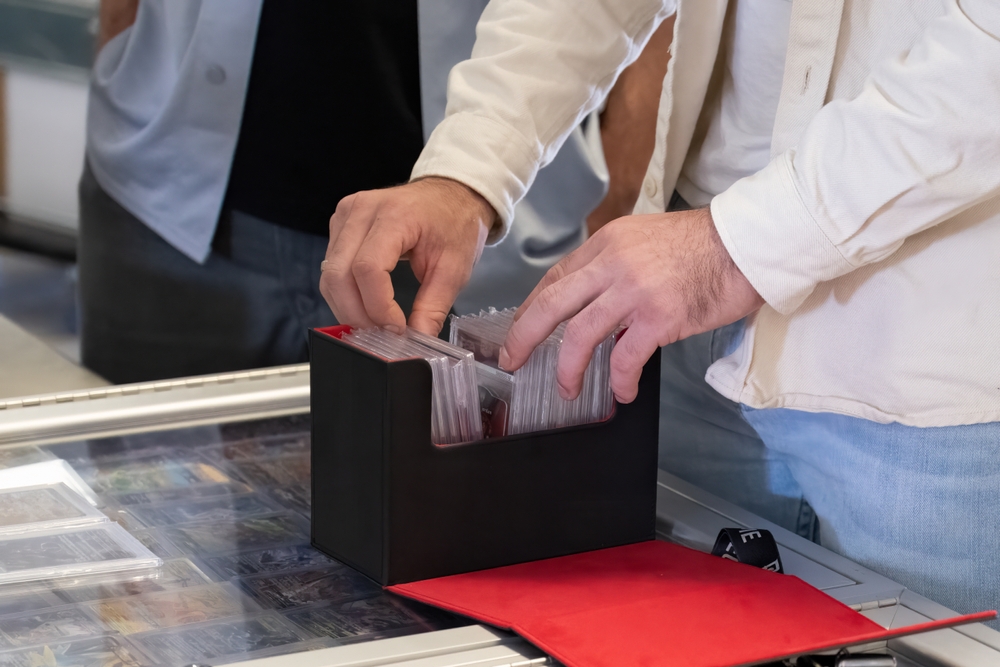
Counterfeit sports cards are unfortunately common, especially with valuable cards. Learning how to identify fake cards is an important skill for every collector. Pay attention to printing details, paper quality, and logos that should match the authentic version. Many fakes can be spotted with careful comparison to verified originals.
In addition, professional grading services play a major role in protecting collectors. Cards sealed in tamper-proof cases with certification numbers offer reassurance that they are genuine. Developing this skill saves you from investing money in worthless counterfeits and gives you peace in knowing your collection is authentic.
Stay Updated on Market Trends
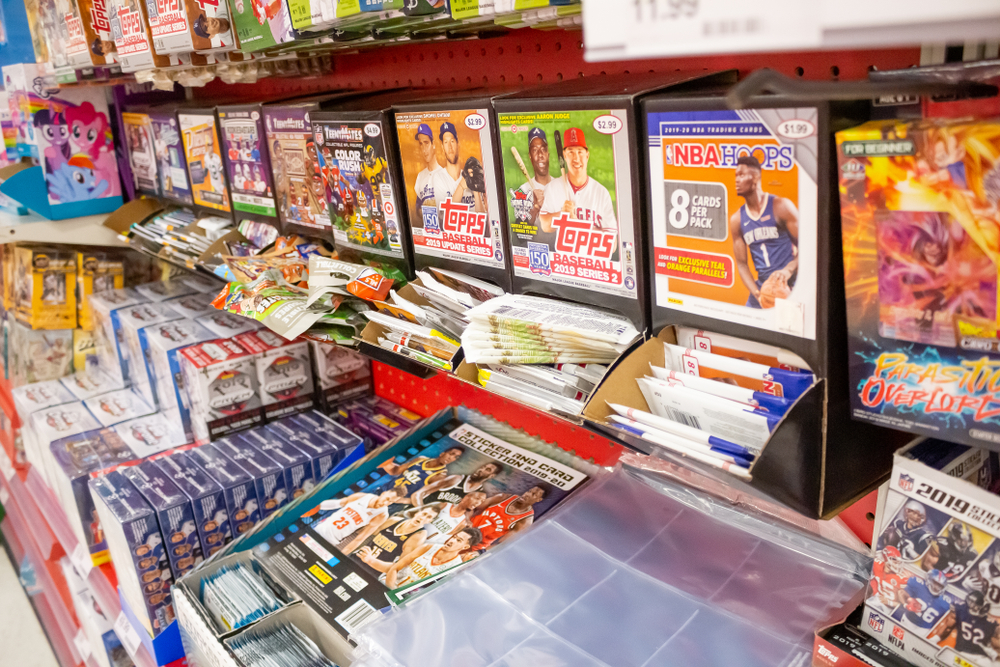
Sports card values are influenced by player performance, major events, and collector demand. Staying updated on these shifts gives you an advantage in knowing when to buy or sell. For example, if a player wins an MVP award, their rookie cards may rise in price. By following sports news and collector markets, you make decisions with better timing.
Being informed about trends also prevents you from overpaying during temporary hype. Some cards spike in value but quickly drop again, leaving collectors with losses. Monitoring the market helps you build a collection with steady, long-term value instead of chasing short-term spikes.
Start With Affordable Rare Cards
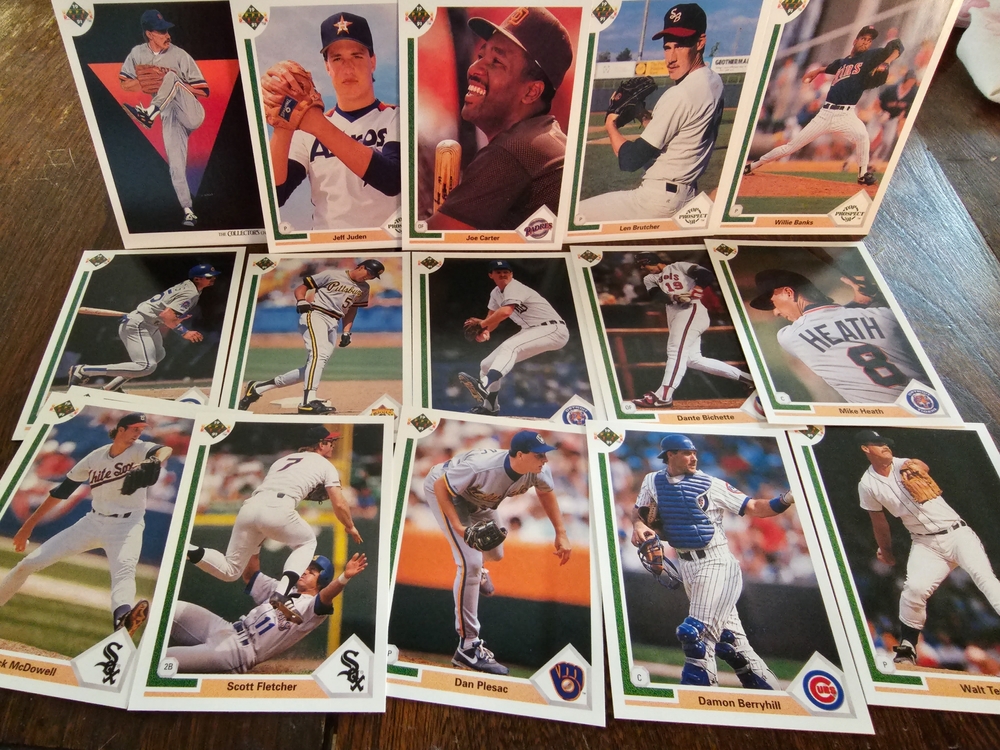
It may be tempting to start with high-value cards right away, but beginning with affordable options is often smarter. Many rare cards exist that carry modest prices because they feature lesser-known players or come from sets with larger print runs. These provide a chance to practice evaluating condition, grading, and authenticity without risking large sums of money.
Starting small also builds your confidence as a collector. You learn how to spot good deals, track values, and understand how cards are traded. Later, when you invest in higher-value cards, you will have the experience to make safer choices.
Protect Your Cards With Proper Storage
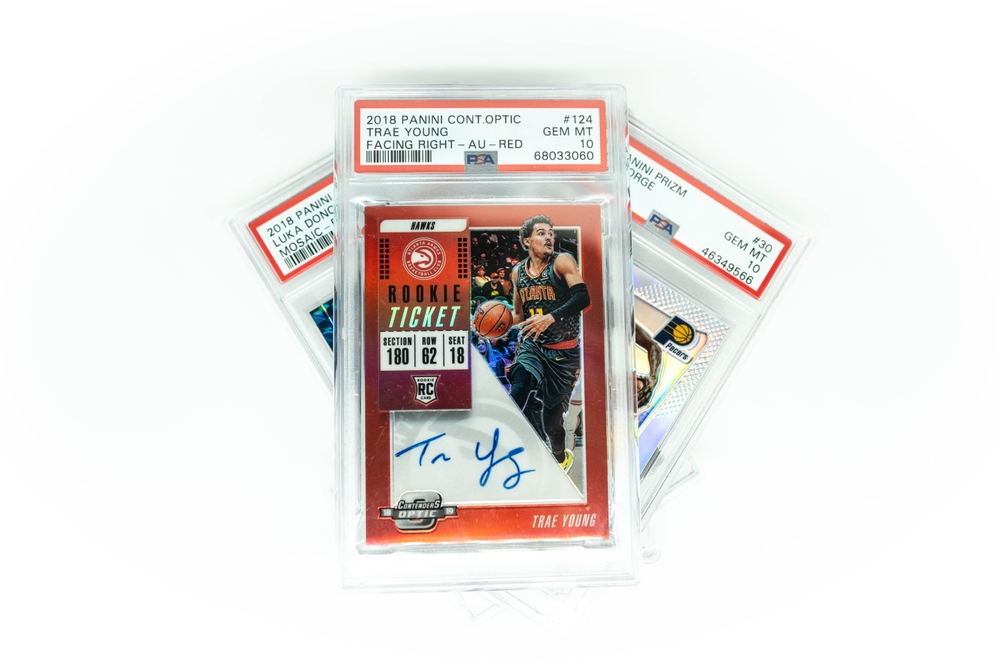
Once you begin collecting rare cards, protecting them becomes essential. Plastic sleeves, top loaders, and card storage boxes keep cards safe from bending and scratches. For especially valuable cards, graded slabs or magnetic holders are preferred.
Proper storage also includes controlling environmental factors. Cards should be kept in a cool, dry place away from sunlight and humidity. Damage from poor storage can greatly reduce a card’s value, so investing in protection is just as important as the cards themselves.
Verify Population Reports
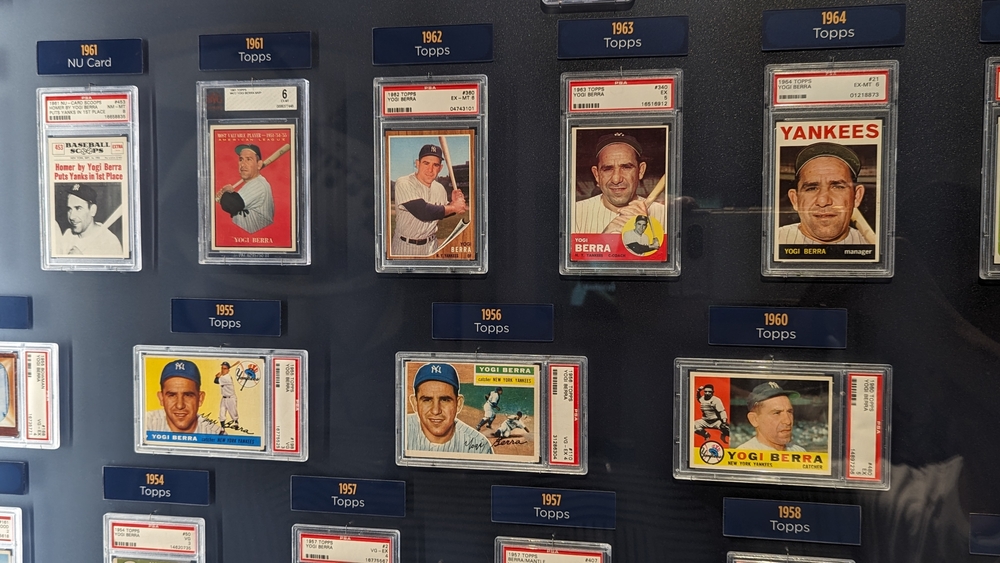
Population reports, provided by grading companies, show how many cards exist at each grade level. For example, a card with only 20 copies graded PSA 10 will be more valuable than one with thousands. Checking these reports helps you understand true rarity beyond just age or appearance.
Collectors often rely on population reports when deciding which cards to target. A card with low availability at high grades is more likely to hold long-term value. By using this tool, you gain deeper insight into the rarity of the cards you are considering.
This article originally appeared on Avocadu.
